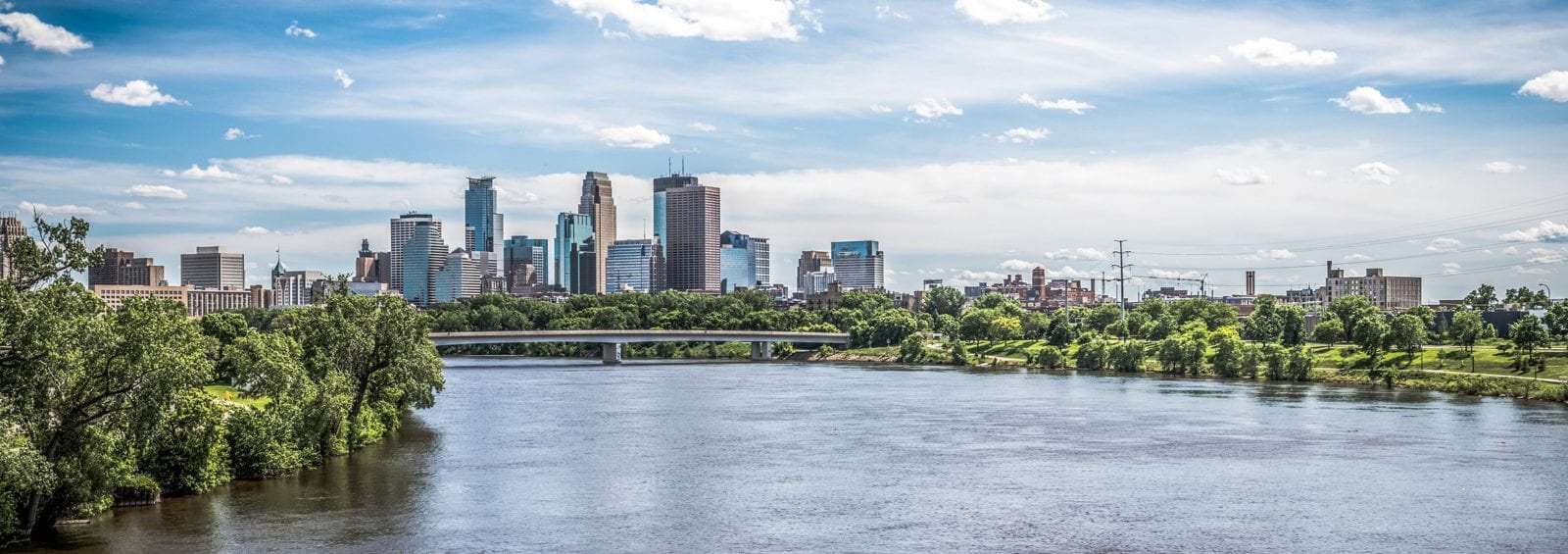
Arts and Entertainment
The Arts
The arts enrich the Twin Cities and they have a significant economic impact. All of the arts: dance, film, video, literature, music, radio, theater, and visual are strong in the Twin Cities.
A 1985 study done by the Metropolitan Council of major non-profit Twin Cities arts institutions and active small arts producers showed that, in a conservative estimate, the arts contribute over $392,000,000 annually to the Twin Cities regional economy each year: $308,000,000 is in direct spending and $84,000,000 is in audience related spending.
Cultural Facts
- The Twin Cities metropolitan area has more nonprofit arts activity than New York City, on a per capita/ annual budget basis.
- Minnesota is second only to New York in the number of symphony orchestra concerts per year.
- Minnesota number of professional theatre groups ranks third in nation.
For more information about the arts, contact:
Metropolitan Regional Arts Council 2324 University Avenue West, Suite 114 St. Paul, MN 55114 (651) 645-0402www.mrac.org State Arts Board 432 Summit Avenue St. Paul, MN 55102 1-800-652-9747
www.arts.state.mn.us
Parks
Twin Cities parks are among the most extensive in the country. The seven-county metropolitan area includes: 4 state parks (William O’Brien, Fort Snelling, Afton, and Minnesota Valley Trail); 2 state trails (Luce Line and Minnesota- Wisconsin Boundary); 19 wildlife management/refuge areas (Carlos Avery State Wildlife Management Area and the Minnesota Valley National Wildlife Refuge being the largest); 29 regional parks; 10 large park reserves; 4 trail corridors; and approximately 1,000 locally owned parks. The approximate total acreage of existing park ownership in the area is 136,900 acres. The metropolitan area has 949 lakes for swimming, fishing, or boating.
Museums and Zoos
In addition to the recreational opportunities offered by parks, the Twin Cities have several interesting museums and two zoos. The Children’s Museum, Minnesota’s Aware house, located in St. Paul, is a hands-on participatory museum for children. The James Ford Bell Museum of Natural History at the University of Minnesota features birds and animals, while the Science Museum of Minnesota is a science and technology center, as well as a natural history museum. The Minneapolis Planetarium has informative star shows andHistoric Fort Snelling, a fully restored historic 1820’s fort, is staffed with costumed guides playing the parts of soldiers, and civilians.
The Minnesota Zoo, in Apple Valley, features five different exhibit trails and over 1700 animals. The Minnesota Zoo is open year-round, with a large indoor exhibit area. The outdoor area, which also stays open, has groomed cross-country ski trails.
Como Zoo, the oldest in the area, is located in St. Paul. The zoo features indoor and outdoor exhibits, including the new great ape and large cat exhibits. Como park also houses the newly refurbished Como Park Conservatory. The conservatory features year-round tropical plant exhibits and seasonal flower shows.
Sports
Collegiate and professional sports offer Twin Citians a wide range of activities.
The Hubert H. Humphrey Metrodome, in downtown Minneapolis, is home for theMinnesota Twins baseball team, the Vikings football team, and the University of Minnesota Golden Gophers football team. The Minnesota Timberwolves basketball team plays at Target Center in downtown Minneapolis. The Minnesota Golden Gopher basketball team plays at Williams Arena on the University’s Minneapolis campus.
